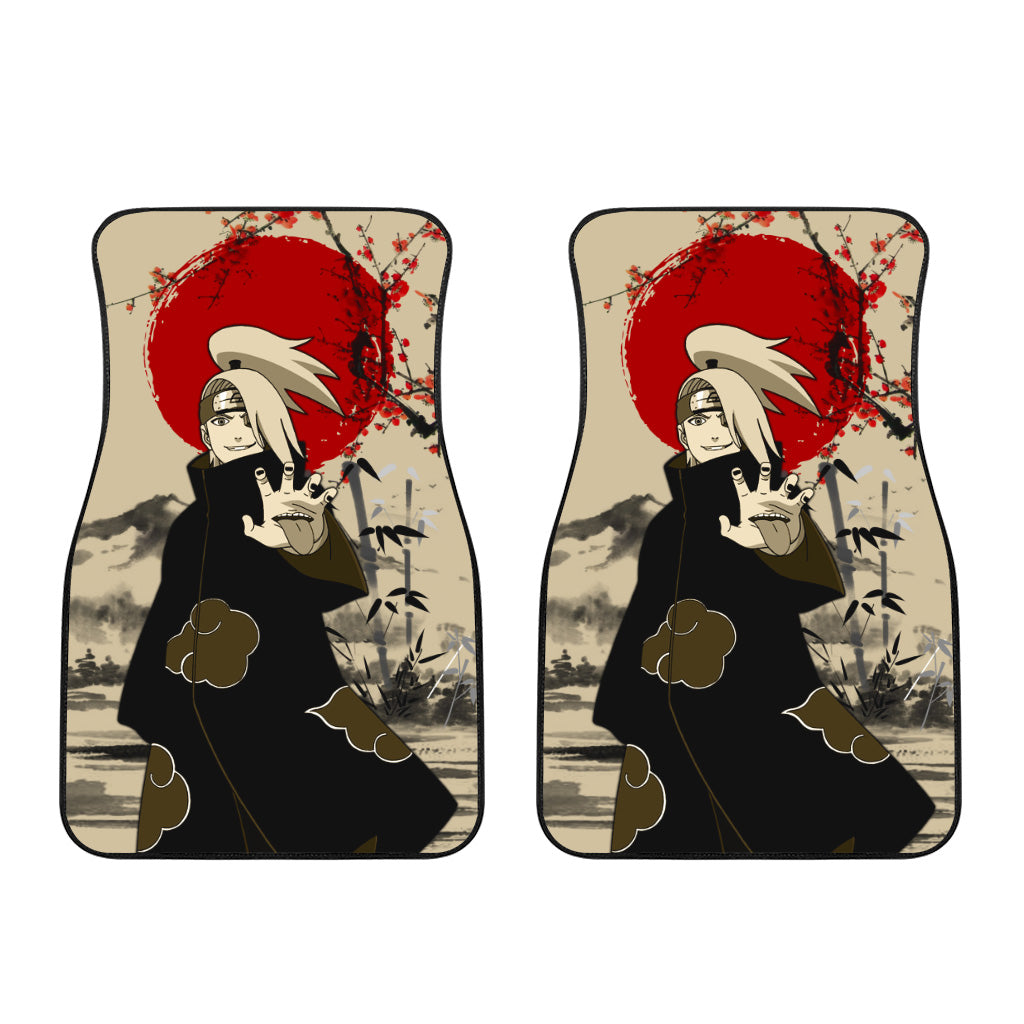
“The Substitution Jutsu, a fundamental technique in the Naruto series, is often regarded as a staple skill for shinobi. However, upon closer examination, its mechanics reveal a perplexing and world-breaking nature that challenges the established concepts of chakra and ninjutsu within the narrative.
In the vast arsenal of jutsu and techniques showcased in the Naruto series, each possessing varying degrees of strength and power, the Substitution Jutsu stands out as an anomaly that pushes the boundaries of the established lore. While most techniques align with the principles of ninjutsu, the Substitution Jutsu defies conventional logic, presenting an absurdity that disrupts the internal consistency of the story.
The Substitution Jutsu, classified as an E-rank technique, is the simplest form of ninjutsu in the entire series. This designation categorizes it as the easiest and most basic jutsu that even academy-level shinobi can effortlessly perform. The technique enables a shinobi to evade an incoming attack by swiftly substituting themselves with an object from the surrounding environment. The sheer accessibility and widespread knowledge of this technique further accentuate the narrative absurdity it introduces.
Delving into the mechanics of the Substitution Jutsu sheds light on its incongruous nature. To activate the technique, a shinobi must first be struck by an attack, triggering an instant substitution with an object nearby. Curiously, being wounded is a prerequisite for the technique to take effect, while simply being chained or restrained does not activate the substitution. Additionally, the technique is typically accompanied by the use of five hand signs. However, it is noteworthy that no character is ever seen performing these hand signs on-screen, suggesting that they are often omitted to create an element of surprise for the viewers. This inconsistency raises questions regarding the technique’s consistent application and adherence to its established mechanics.

The most glaring issue with the Substitution Jutsu lies in the element of invulnerability it grants to its users, coupled with its inconsistent utilization throughout the series. By employing this technique, a shinobi can effectively survive virtually any form of attack, even while being restrained or held captive. This concept introduces a narrative inconsistency as the author can conveniently utilize the technique as a plot device whenever necessary, disregarding its existence in other critical moments. Such an overpowered yet deceptively simple technique disrupts the coherence of the Naruto universe, lacking a logical basis for its functionality.
In the first part of the Naruto series, the Substitution Jutsu is prominently employed by various characters to evade attacks, often replacing themselves with a wooden log. However, as the series progresses into its later stages, particularly in Naruto Shippuden, the usage of this technique significantly diminishes. Numerous instances arise where characters’ deaths could have been easily avoided had they employed the Substitution Jutsu, further highlighting the inconsistency brought about by this seemingly elementary yet inconceivable technique.
Another noteworthy concern is the absence of hand signs during the execution of the Substitution Jutsu. While it is implied that shinobi utilize hand signs to prepare for the substitution, this vital aspect is rarely depicted on-screen, leaving viewers to assume its occurrence off-camera. However, certain situations arise where it would be physically impossible for hand signs to be performed, yet the Substitution Jutsu is employed nonetheless. This inconsistency in the technique’s application compromises its credibility and coherence within the series’ narrative.

Moreover, the Substitution Jutsu’s ubiquity poses another significant dilemma. One would expect such a formidable and potent technique to be rare or challenging to master. However, the reality is quite the opposite. The Substitution Jutsu is categorized as an E-rank technique, indicating its ease of acquisition and minimal chakra expenditure. Even young academy students can effortlessly perform
this seemingly extraordinary skill, rendering it exceedingly commonplace. This diminishes the potential impact and uniqueness of a technique that offers instantaneous teleportation and evasive capabilities, raising further questions about its plausibility and balance within the Naruto universe.
The inconsistent usage of the Substitution Jutsu paints it as a mere plot device, conveniently employed whenever a character needs to survive. This renders every death in the series as avoidable, undermining the gravity and emotional impact of such events. Notably, the tragic death of Neji stands as a poignant example of how the inconsistency surrounding this technique detracts from the overall storytelling and character development.

As the Naruto series progressed, its creator, Masashi Kishimoto, seemingly recognized the inherent absurdity of the Substitution Jutsu. Consequently, its usage was significantly reduced in Naruto Shippuden, acknowledging the flaws and potential narrative disruptions associated with this technique. However, by that point, the damage had already been done, leaving an indelible mark on the series’ legacy.
In conclusion, the Substitution Jutsu in Naruto defies logic and challenges the established rules of chakra and ninjutsu. Its mechanics introduce a world-breaking element that undermines narrative consistency and raises questions about its plausibility and coherence. The technique’s invulnerability, inconsistent usage, absence of hand signs, and commonality all contribute to its problematic nature within the series. While the Naruto franchise has undoubtedly captivated fans worldwide, the Substitution Jutsu remains a noteworthy instance where the inherent flaws of a seemingly simple technique have left a lasting impact on the narrative fabric of the series.”

We bring out some of the most well-known Naruto collection, all of which are available at reasonable costs. Visit our link now if you are interested in the Naruto collection!


Gaara, Butsuma, Izuna, Deidara, sakura, Rock Lee